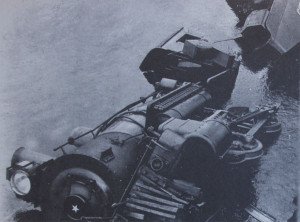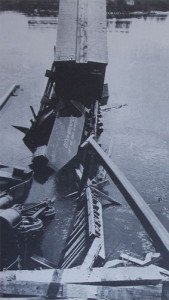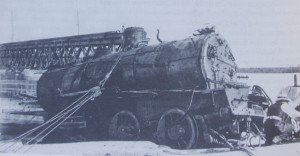Why we are here? Winnipeg Hydro
Why we are here? Winnipeg Hydro
 The Pinawa Generating Station was opened and started transmitting electrical power to the city of Winnipeg in 1906. It was Manitoba’s first year-round Hydro generating plant and marked the beginning of hydro-electric development on the Winnipeg River.
The Pinawa Generating Station was opened and started transmitting electrical power to the city of Winnipeg in 1906. It was Manitoba’s first year-round Hydro generating plant and marked the beginning of hydro-electric development on the Winnipeg River.
Construction of the plant began in April 1903 after the Winnipeg General Power Company obtained a perpetual lease on the Pinawa Site. On July 26 1904, the Winnipeg General Power Company officially amalgamated with the Winnipeg Electric Street Railway Co. This new company became known as the Winnipeg Electric Railway Company (WERCo.). The plant was officially opened on May 31, 1906 and completed in 1907 at a cost of $3,055,000. Power was distributed to the cities of Winnipeg and St. Boniface, the towns of Transcona, Stony Mountain and Stonewall, and the rural municipalities of Fort Garry, Assiniboia, East and West Kildonan, St. Andrews, St. Vital, St. Paul and Rockwood, serving over 25,000 people.
On October 25, 1951 the Pinawa Generating Station was retired from service so the full flow of the Winnipeg River could be restored to the main channel for use by the newly expanded Seven Sisters Dam (which had been opened in 1931 by WERCo.)




